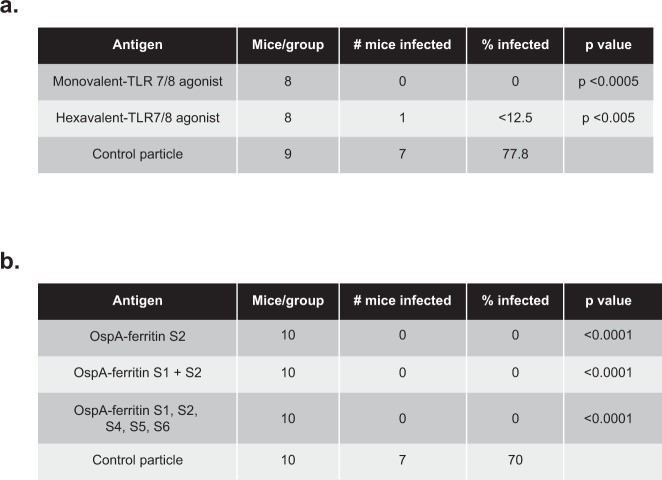Fig. 5. Protective efficacy of OspA-ferritin nanoparticle vaccines.
Protective efficacy of hexavalent OspA-ferritin vaccine conjugated with TLR 7/8 agonist (a). Mice were vaccinated with the molar equivalent of 1 µg dose of antigen at week 0 and week 4. The monovalent vaccine contained 1 µg of OspA-ferritin serotype 1 conjugated to 3M-012. The hexavalent vaccine included OspA from serotypes 1–5, and 7 at 1 µg (6 µg total) each conjugated to 3M-012. Mice were challenged with 5–6 ticks infected with Borrelia burgdorferi N40 strain (OspA serotype 1) for 5 days two weeks after the second immunization and sacrificed 2 weeks later. Tissue samples from the heart, ankle and ear were cultured in BSK media with antibiotics for B. burgdorferi for 6 wks. Negative samples were tested by PCR for the presence of B. burgdorferi. A positive sample was positive either by culture or PCR. The difference in protection between monovalent (100%) and hexavalent (87.5%) was not statistically significant (p = 0.33). Protective efficacy of OspA-ferritin vaccine against B. afzelii (b). Mice were vaccinated with the molar equivalent of 1 µg dose of each antigen mixed with AF03 adjuvant at week 0 and week 4. Pentavalent vaccinated mice received the molar equivalent of 1 µg dose of S1, S2, S4, S5, and S6 (5 µg total). Mice were challenged with 5–6 ticks infected with B. afzelii CB43 strain (OspA serotype 2) for 5 days 2 weeks after the second immunization and sacrificed 2 weeks later. Tissue samples from the heart, bladder and ear were tested by qPCR for the presence of B. afzelii. A positive sample was positive in at least 2 tissues. A negative sample was negative in all tissues.

